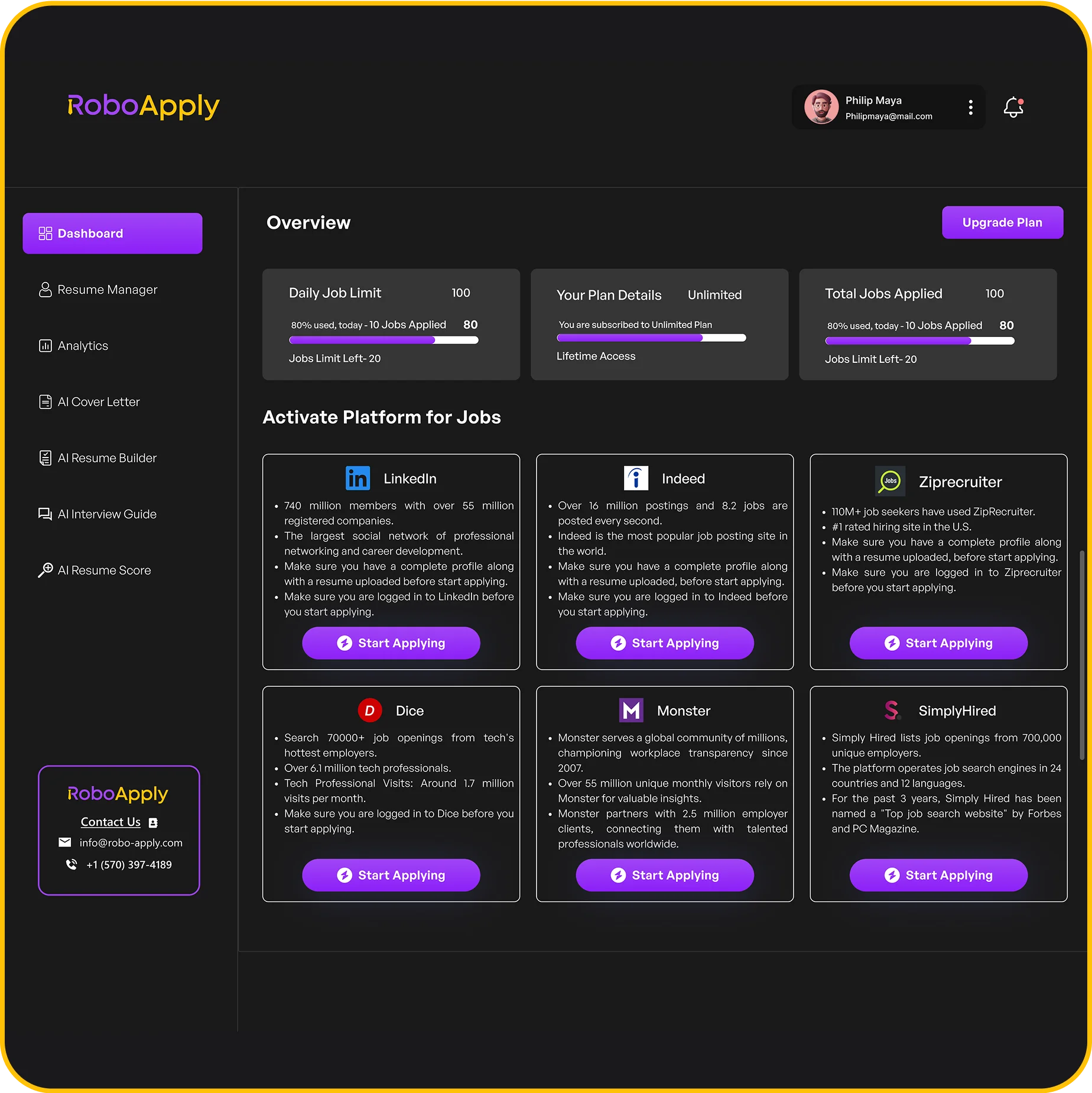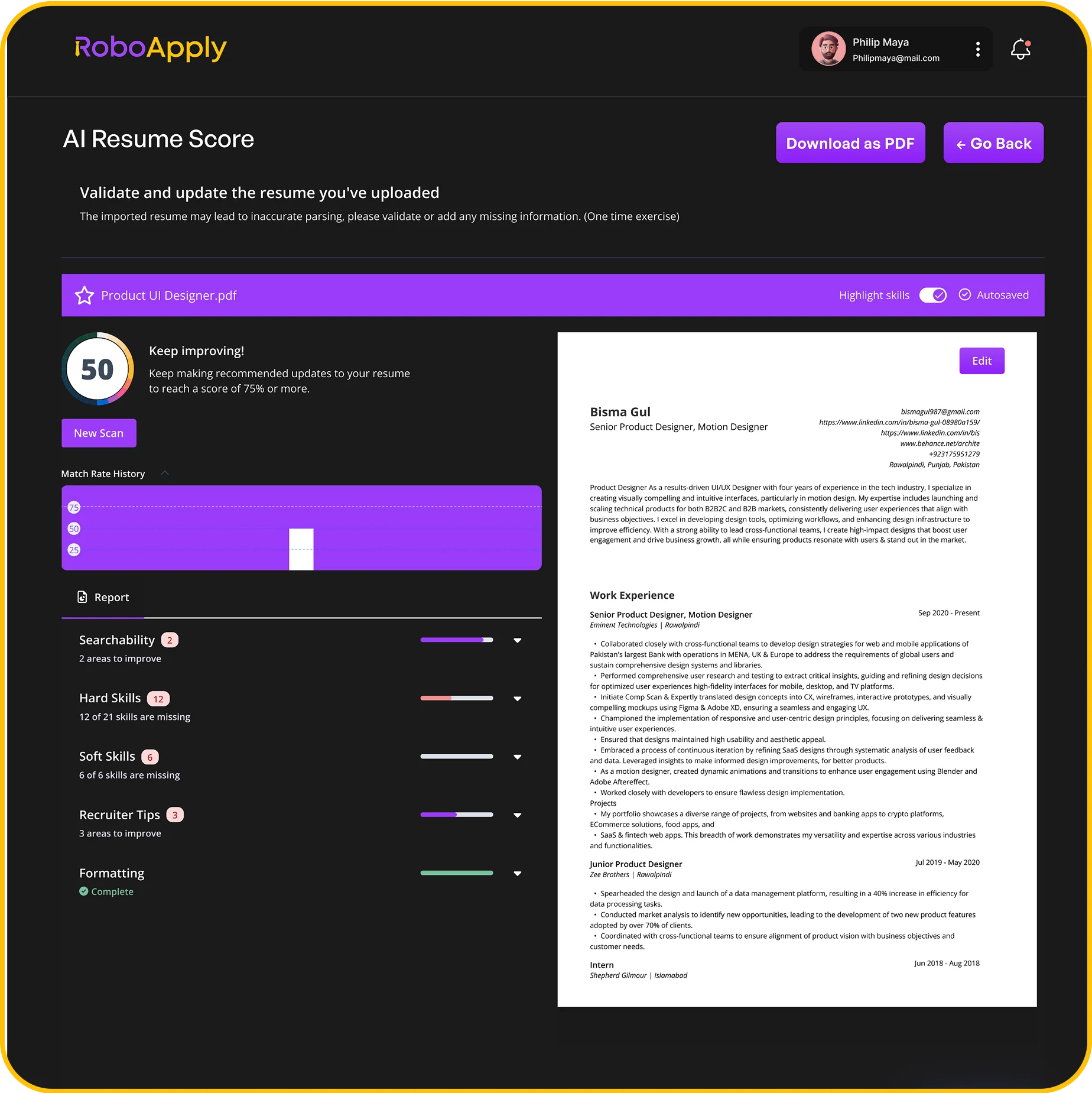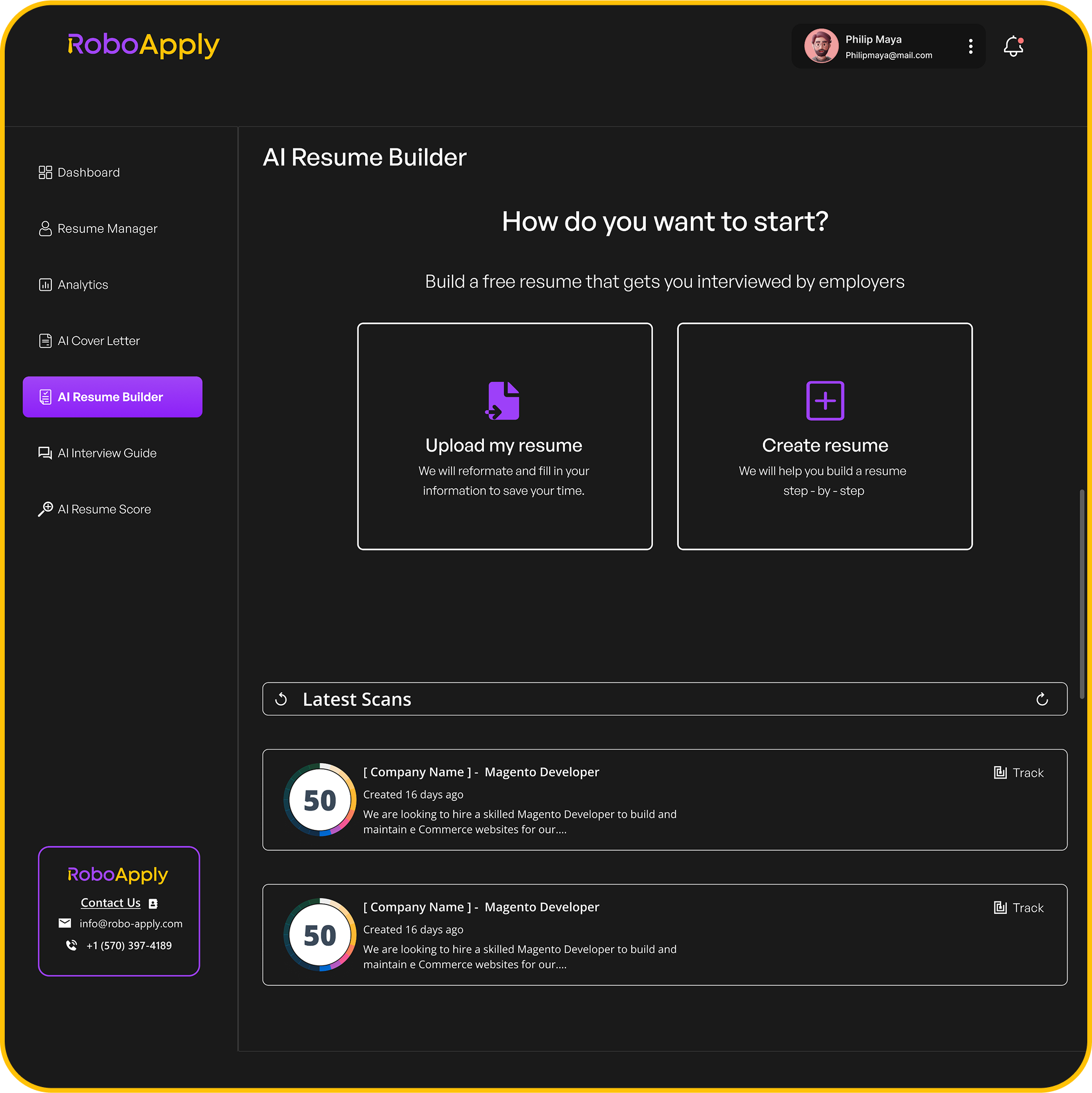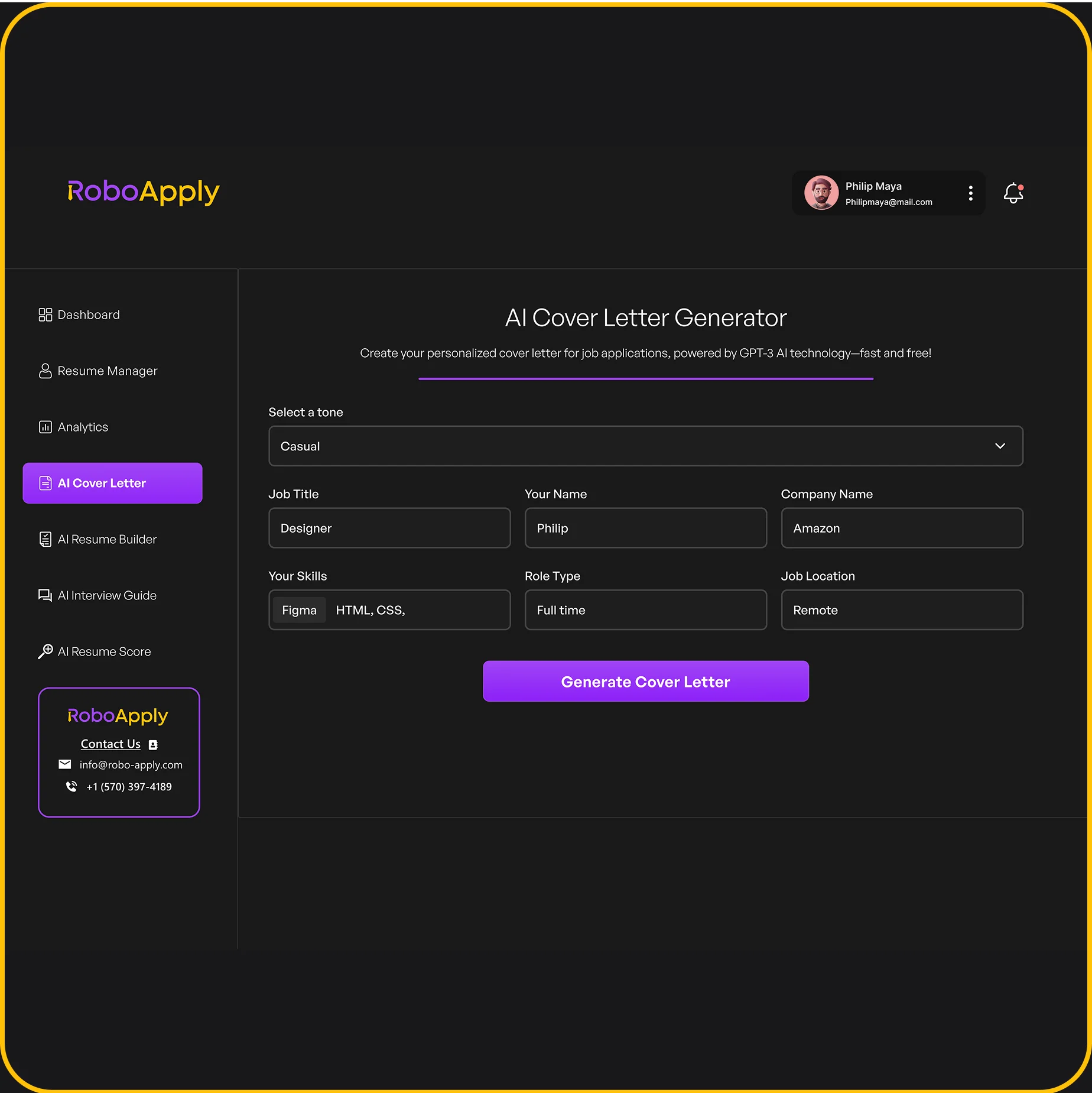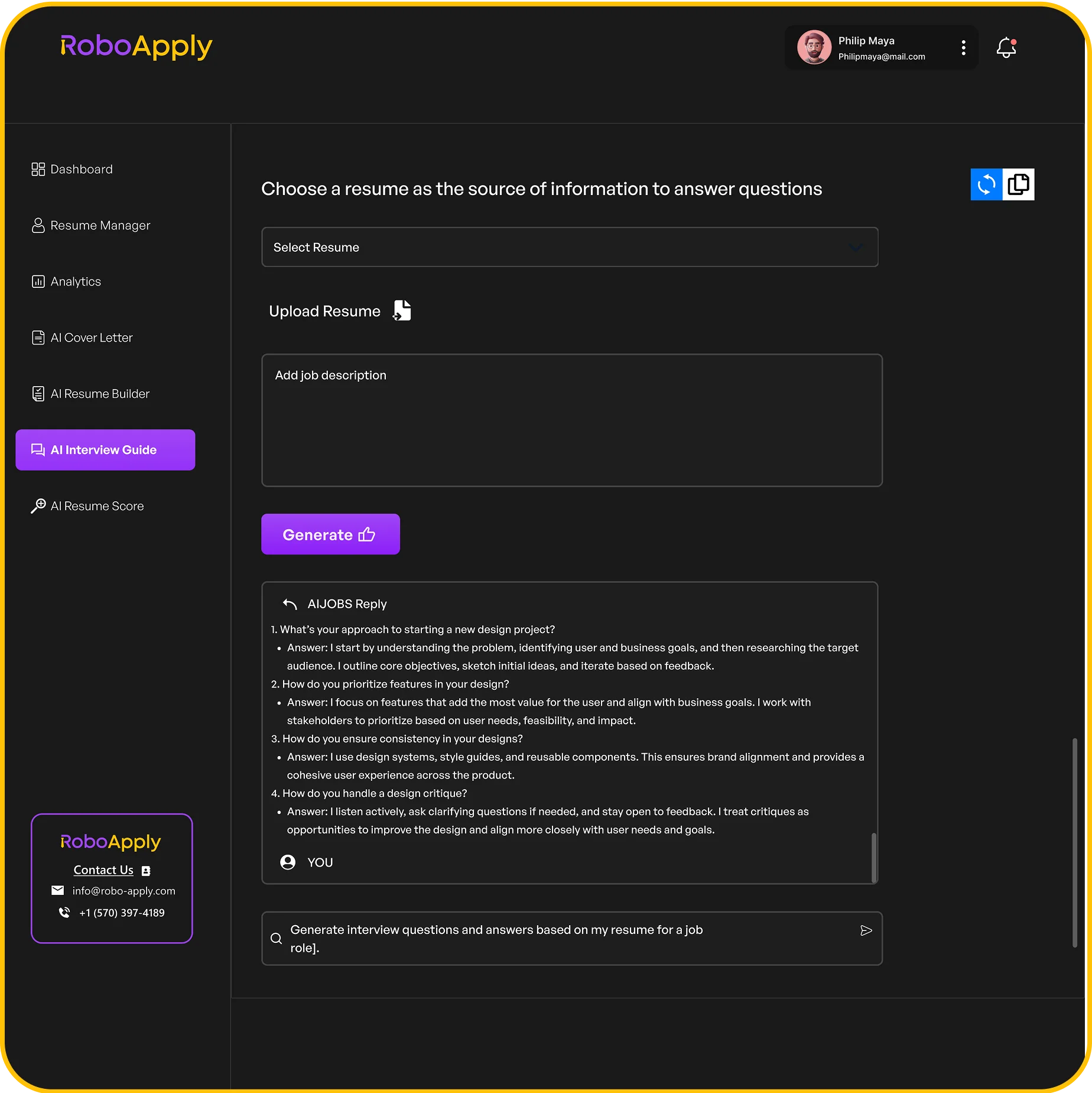So, you’re looking to put together a great Data Entry Resume for 2025? It can feel a bit tricky, right? You want to make sure you hit all the important points without making it too long or boring. We’re going to walk through ten key sections that can really make your resume stand out to hiring managers. Getting your resume just right is a big step toward landing that data entry job, so let’s get into it.
Key Takeaways
- Always put your best contact details at the top; make it easy for them to reach you.
- A short, punchy resume summary can grab attention right away and highlight your main skills.
- Showcase your work experience with clear, action-oriented bullet points, focusing on what you achieved.
- List out all your relevant skills, especially those tied to data entry, like typing speed and software knowledge.
- Don’t forget to include any certifications or awards that show your dedication and ability in data entry.
1. Contact Information

Your contact information is the first thing employers see, so make it count! It’s not just about listing your name and number; it’s about making it easy for them to reach out. Think of it as your digital handshake. You want to make a good first impression, right?
Make sure your email address is professional – no old nicknames from high school. A simple firstname.lastname@email.com works wonders. Include a phone number where you can be easily reached, and consider adding a link to your LinkedIn profile. It gives them a chance to see your professional background at a glance. RoboApply can help ensure this section is clear and error-free, preventing simple mistakes that could cost you an interview.
Here’s what you should include:
- Full Name: Make it clear and easy to read.
- Professional Email: Use a serious-sounding email address.
- Phone Number: Ensure it’s a number where you can be reached easily.
- Location: City and state are usually sufficient. No need for a full address.
- LinkedIn Profile: A great way to showcase your professional background.
Don’t include unnecessary details like your full home address or date of birth. Keep it concise and professional. The goal is to make it easy for employers to contact you without revealing too much personal information upfront. Think of it as a balance between accessibility and privacy.
For example:
John Doe
john.doe@email.com
(555) 123-4567
New York, NY
linkedin.com/in/johndoe
Make sure to check out some work-from-home resume examples to see how they format their contact information. It’s always good to get ideas from others!
2. Resume Summary
A resume summary is your chance to make a killer first impression. It’s a short paragraph at the top of your resume that highlights your key skills and experience. Think of it as your elevator pitch – you need to grab the hiring manager’s attention fast. It should showcase why you’re the perfect fit for the data entry job.
Here’s what to keep in mind when writing your data entry resume summary:
- Keep it concise: Aim for 3-4 sentences max.
- Focus on achievements: Use numbers and metrics to quantify your accomplishments.
- Tailor it to the job: Read the job description carefully and highlight the skills and experience that match.
Here’s an example of a strong data entry resume summary:
Highly accurate and efficient data entry specialist with 5+ years of experience in maintaining and updating databases. Proven ability to process large volumes of data with minimal errors. Seeking to leverage my skills and experience to contribute to the success of a fast-paced organization. Maintained 99.9% accuracy rate while processing over 10,000 records per month. I’m also proficient in data entry software and Microsoft Office Suite.
RoboApply can help you tailor your resume summary to specific job descriptions, ensuring you highlight the most relevant skills and experience. It’s a great way to make sure your resume stands out from the crowd. You can also use it to find suitable resume formats and templates.
Here’s another example:
Detail-oriented data entry clerk with 3+ years of experience in managing and organizing information. Expertise in data validation and quality control. Seeking a challenging role where I can utilize my skills to improve data accuracy and efficiency. Increased data processing speed by 15% through process improvements. Skilled in data entry software and Microsoft Excel.
Here are some tips to make your resume summary shine:
- Use action verbs: Start your sentences with strong action verbs like "Processed," "Managed," or "Maintained."
- Quantify your achievements: Use numbers and metrics to show the impact of your work.
- Highlight relevant skills: Focus on the skills that are most important for the job, such as typing speed, accuracy, and attention to detail.
A well-crafted resume summary can significantly increase your chances of getting an interview. It’s your opportunity to showcase your skills and experience and make a strong first impression.
Here’s a table showing some common data entry skills and how to quantify them in your resume summary:
| Skill | Quantification Example |
|---|---|
| Typing Speed | "Typing speed of 70 WPM with 98% accuracy" |
| Data Entry | "Processed over 5,000 records per month" |
| Accuracy | "Maintained a 99.5% accuracy rate" |
| Data Validation | "Identified and corrected over 200 data errors per week" |
Remember to tailor your resume summary to each job you apply for. This will show the hiring manager that you’re genuinely interested in the position and that you have the skills and experience they’re looking for. RoboApply can help you with efficient job searching and optimization.
3. Work Experience
Your work experience section is where you really show what you’ve done. It’s not just a list of jobs; it’s a showcase of your accomplishments and how you’ve contributed to previous employers. Think of it as your chance to prove you’re not just capable, but also a valuable asset. RoboApply can help you tailor this section to match specific job descriptions, making sure your most relevant experiences shine.
Here’s how to make it count:
- Start with your most recent job and work backward. This is the standard chronological format that most employers prefer.
- For each job, include your title, the company name, the dates you worked there, and a few bullet points describing your responsibilities and achievements. Don’t just list what you did; quantify your accomplishments whenever possible. For example, instead of saying "Processed invoices," say "Processed an average of 200 invoices per week with 99.9% accuracy."
- Use action verbs to start each bullet point. Words like "Managed," "Implemented," "Coordinated," and "Improved" make your experience sound more dynamic and impactful.
Remember, the work experience section is not just about what you did, but how well you did it. Use numbers and specific examples to demonstrate your skills and accomplishments. Tailor this section to match the specific requirements of the data entry jobs you’re applying for.
Here’s an example:
Data Entry Clerk | ABC Company | June 2022 – Present
- Entered and updated customer data in the company database, maintaining 99.5% accuracy.
- Processed an average of 150 invoices per day, ensuring timely payment.
- Assisted in the development of a new data entry system, resulting in a 15% increase in efficiency.
This example is much more effective than simply saying, "Did data entry." It provides specific details and quantifies the results of your work. Use RoboApply to optimize your resume and make sure your work experience section stands out.
4. Skills Section
Your skills section is where you show off what you’re good at. It’s not just about listing things; it’s about showing you have the right skills for the job. Think of it as your chance to prove you’re not just another applicant. RoboApply can help you tailor this section to match job descriptions, making sure you highlight the most relevant skills.
Hard Skills
Hard skills are those technical abilities you’ve learned through training or experience. These are often quantifiable and specific to the job. For data entry, this could include:
- Typing Speed: Mention your words per minute (WPM) and accuracy rate. For example, "Typing speed: 75 WPM with 98% accuracy."
- Software Proficiency: List specific software you’re familiar with, like Microsoft Excel, Google Sheets, or specialized data entry programs. "Proficient in Microsoft Excel, including data validation, pivot tables, and VLOOKUP functions."
- Data Entry Software: Mention any specific data entry software you’ve used. "Experience with data entry software such as RoboApply’s auto apply feature, Salesforce, and Oracle."
Soft Skills
Soft skills are those interpersonal abilities that make you a good team player and a reliable employee. These are harder to quantify but just as important. Some key soft skills for data entry include:
- Attention to Detail: This is huge in data entry. Give an example of how you’ve demonstrated this skill. "Exceptional attention to detail, ensuring accuracy in all data entry tasks."
- Time Management: Show you can handle deadlines. "Effective time management skills, consistently meeting deadlines in fast-paced environments."
- Communication Skills: Even in data entry, you need to communicate effectively. "Clear and concise communication skills, both written and verbal."
How to List Your Skills
There are a few ways to list your skills. You can use a simple bulleted list, or you can group them into categories. Here’s an example of a categorized skills section:
Skills
- Technical Skills:
- Typing Speed: 80 WPM
- Microsoft Excel: Advanced
- Data Entry Software: Salesforce, Oracle
- Soft Skills:
- Attention to Detail
- Time Management
- Communication
Remember to tailor your skills section to each job you apply for. Read the job description carefully and highlight the skills that match what the employer is looking for. This will increase your chances of getting an interview. Make sure to include key data entry skills to show you’re a good fit.
5. Education Section
Your education section is where you list your academic qualifications. It’s pretty straightforward, but there are a few things to keep in mind to make it effective. For example, if you have a degree that’s highly relevant to the data entry position, make sure it stands out. RoboApply can help you tailor this section to match the job description.
Example Education Entries
Here are a few examples of how you might format your education entries:
- Associate of Science in Business Administration
- High School Diploma
- Relevant Coursework: Data Entry, Microsoft Office Suite, Database Management
Tips for Listing Education
- List in Reverse Chronological Order: Start with your most recent degree or diploma.
- Include Relevant Coursework: If you don’t have a degree directly related to data entry, list any relevant courses you’ve taken. This shows you have some foundational knowledge.
- Mention GPA (If High): If your GPA is above 3.5, include it. Otherwise, it’s okay to leave it out.
- Be Consistent: Use the same formatting for each entry to maintain a professional look. RoboApply can help with resume building to ensure consistency.
What to Include
At a minimum, include the following:
- Name of the degree or diploma.
- Name of the institution.
- Graduation date (or expected graduation date).
- Location of the institution (city, state).
If you have multiple degrees, list them all. If you’re still in school, indicate your expected graduation date. Don’t forget to highlight any academic achievements or honors you received. This section is about showing you have the basic qualifications for the job.
Tailoring Your Education Section
Tailoring your education section to the specific job description can make a big difference. If the job description mentions a specific software or skill, highlight any coursework or projects where you gained experience with that software or skill. This shows the employer that you have the specific qualifications they’re looking for. For example, if the job requires experience with Excel, mention any courses where you used Excel extensively. You can also use RoboApply to create a cover letter that highlights these connections.
6. Certifications
Having certifications on your data entry resume can really make you stand out. It shows you’re serious about your skills and willing to learn. Plus, some jobs might even require specific certifications. Let’s look at how to include them.
Why Certifications Matter
Certifications prove you have specific skills. They show employers you’ve taken the time to get trained and tested. This can give you an edge over other candidates who only have experience but no formal proof of their abilities. Certifications can also help you negotiate a higher salary.
Popular Data Entry Certifications
There are a few certifications that are pretty common and respected in the data entry world. Here are some to consider:
- Microsoft Office Specialist (MOS): This covers Word, Excel, and other Office programs. Since data entry often involves these tools, it’s a good one to have. You can use RoboApply to tailor your resume to highlight your MOS skills.
- Certified Data Management Professional (CDMP): This is a more advanced certification for people who manage data at a higher level. It shows you understand data governance and quality.
- ICDL/ECDL: The International Certification of Digital Literacy (ICDL), also known as the European Computer Driving Licence (ECDL) outside Europe, validates your computer skills. It’s recognized worldwide.
How to List Certifications
When you list your certifications, make sure to include the full name of the certification, the issuing organization, and the date you received it. You can also add the expiration date if it applies. Here’s an example:
Microsoft Office Specialist (MOS) – Excel
Microsoft
Issued: July 2024
Expires: July 2026
Where to Put Your Certifications
Ideally, you should have a dedicated "Certifications" section on your resume. This makes it easy for employers to find. If you only have one or two certifications, you could also include them in your "Skills" section. Just make sure they’re clearly labeled as certifications. You can also use resume examples to see how others have formatted their certification sections.
What if You Don’t Have Any Certifications?
Don’t worry if you don’t have any certifications yet. You can still get a data entry job without them. Focus on highlighting your skills and experience. You can also consider getting a certification to boost your resume. Many online courses offer certificates of completion, which, while not formal certifications, can still show your commitment to learning. Remember to tailor your resume using HR assistant resume examples to showcase your strengths even without certifications.
Adding certifications to your resume is a great way to show employers you’re qualified and committed to your career. Even if you don’t have any yet, there are plenty of ways to improve your resume and get your foot in the door.
7. Awards And Recognition
Sometimes, it’s easy to forget that awards and recognition can really make your resume pop, especially in a field like data entry where attention to detail is key. It shows you’re not just doing the job, but you’re doing it well enough to be noticed. Think of it as extra proof that you’re good at what you do. RoboApply can help you tailor this section to match the specific requirements of each job you apply for, ensuring that your achievements are highlighted effectively.
- Employee of the Month (June 2024)
- Perfect Attendance Award (2023, 2024)
- Data Accuracy Excellence Award (Q3 2024)
Including awards shows you go above and beyond. It’s a great way to stand out from other candidates who might have similar skills and experience. It’s like saying, "Hey, I’m not just competent; I’m exceptional!"
Let’s look at some examples of how to present this information:
Example 1: Simple Listing
- Employee of the Month – June 2024
- Perfect Attendance – 2023, 2024
- Data Entry Accuracy Award – Q3 2024
Example 2: Detailed Description
- Employee of the Month (June 2024): Recognized for consistently exceeding data entry targets and maintaining a 99.9% accuracy rate.
- Perfect Attendance (2023, 2024): Demonstrated commitment to reliability and punctuality, ensuring uninterrupted workflow.
- Data Entry Accuracy Award (Q3 2024): Awarded for achieving the highest data accuracy score among the team, minimizing errors and improving data quality.
Example 3: Quantifiable Achievements
- Employee of the Month (June 2024): Achieved 120% of monthly data entry target while maintaining 99.9% accuracy.
- Perfect Attendance (2023, 2024): Maintained perfect attendance record, contributing to consistent team performance.
- Data Entry Accuracy Award (Q3 2024): Reduced data entry errors by 15% compared to the previous quarter, resulting in improved data integrity.
When listing awards, consider these tips:
- Be Specific: Don’t just say "Award Winner." Specify the name of the award and the date you received it.
- Provide Context: Briefly explain why you received the award. What did you do to earn it?
- Quantify Your Achievements: If possible, use numbers to show the impact of your work. For example, "Reduced data entry errors by 15%."
Think about any recognition you’ve received, even if it seems small. Did you get a shout-out in a team meeting? Did your manager send you a thank-you email for a job well done? These can all be included, especially if you’re early in your career. If you’re aiming for a system analyst role, make sure to highlight any awards related to data accuracy or efficiency. It’s all about showing you’re a top performer. You can also use these achievements to tailor your HR Manager resume examples to showcase your accomplishments effectively.
8. Volunteer Work
Volunteer work can really make your resume stand out, especially if you’re trying to show off skills that relate to the data entry field. It shows you’re willing to put in the effort, even without pay, and that you care about something beyond just a paycheck. Plus, it can fill gaps in your work history or give you something to talk about if you don’t have a ton of paid experience passion for a relevant industry.
Volunteer experience demonstrates initiative, dedication, and a willingness to contribute to a cause, all of which are attractive qualities to employers.
Here’s how you can make the most of your volunteer experience on your data entry resume:
- Highlight relevant skills: Did you use any data entry skills during your volunteer work? Maybe you were organizing information for a local charity or entering data into a database for a non-profit. Make sure to call those out specifically.
- Quantify your impact: Instead of just saying you "helped with data entry," try to quantify it. For example, "Entered and organized data for over 500 clients, improving data accuracy by 15%." Numbers always catch the eye.
- Tailor it to the job: Just like with your paid experience, make sure your volunteer work is relevant to the data entry job you’re applying for. If it’s not, it might be better to leave it off. You want to show how your nursing assistant resumes align with the job requirements.
Think about it this way: even if you weren’t getting paid, you were still gaining valuable experience. Don’t be afraid to showcase that! RoboApply can help you tailor your resume to highlight these experiences effectively.
Here’s an example of how to list volunteer work on your resume:
Volunteer Data Entry Assistant
Habitat for Humanity, Anytown, USA | 2023-2024
- Entered and maintained data for over 300 volunteers, ensuring accurate contact information and availability.
- Assisted with creating reports on volunteer hours and project progress, improving data-driven decision-making.
- Trained new volunteers on data entry procedures, enhancing team efficiency.
Remember, volunteer work can be a great way to highlight skills and interests, especially if you’re just starting out in the data entry field. It shows you’re proactive and willing to learn, which is always a plus.
9. Professional Affiliations
Professional affiliations can show you’re serious about your data entry career. It tells employers you’re committed to staying updated and connected in the field. It’s not always necessary, but it can definitely give you an edge.
Think of it as extra credit. It shows you go beyond just doing the job.
Here’s how to approach it:
- Research relevant organizations: Look for groups related to data management, office administration, or specific software you use. For example, the Association for Information and Image Management (AIIM) could be relevant.
- Highlight your involvement: If you’re a member, mention it! If you attend events or contribute, even better. Use action verbs to describe your participation.
- Keep it relevant: Only include affiliations that add value to your application. Listing unrelated groups can be distracting.
It’s all about showing you’re proactive and engaged in your profession. RoboApply can help you tailor your resume to highlight these affiliations effectively, ensuring they catch the eye of potential employers. Consider using a resume template to showcase your professional affiliations.
10. Languages
Knowing multiple languages can really set you apart, especially in today’s global job market. It shows you’re adaptable and can communicate with a wider range of people. Even if the job description doesn’t specifically ask for it, listing your language skills can be a big plus. RoboApply can help you tailor your resume to highlight these skills for specific job applications.
Here’s how to approach the languages section on your data entry resume:
- Be specific about your proficiency level. Don’t just say "Spanish." Instead, use terms like "Fluent," "Proficient," "Conversational," or "Basic." This gives employers a clearer picture of your abilities.
- List languages in order of proficiency. Put your strongest languages first. This makes it easy for recruiters to quickly see your most valuable skills.
- Consider adding a brief description if your language skills are relevant to the job. For example, "Conversational Spanish – able to communicate effectively with Spanish-speaking clients." This adds context and shows how your skills can benefit the company.
Including languages on your resume can significantly increase your chances of getting noticed, especially if the company deals with international clients or has a diverse workforce. It’s a simple way to demonstrate your adaptability and communication skills.
Here’s an example of how to list languages on your resume:
- English: Native
- Spanish: Fluent
- French: Conversational
- German: Basic
Or, you could use a table like this:
| Language | Proficiency |
|---|---|
| English | Native |
| Spanish | Fluent |
| French | Conversational |
| German | Basic |
Remember to tailor this section to each job application. If a job requires fluency in a specific language, make sure to highlight that skill prominently. RoboApply can assist in resume tailoring to ensure your language skills are effectively showcased.
Want to learn more about how different languages can help you? Head over to our website! We have tons of info that can help you understand how languages work and how they can be useful. Check out RoboApply today and see how we can help you with your job applications.
Wrapping Things Up
So, there you have it. Getting a data entry job means showing you can do the work well. Your resume is a big part of that. Make sure it clearly shows your skills and any experience you have. Think about what the job needs and then make your resume fit that. A good resume can really help you get noticed by hiring managers. It’s all about making a good first impression, and with these tips, you’re set to do just that.
Frequently Asked Questions
How can I make my data entry resume really stand out?
Making your resume stand out means showing off your best skills and experiences. Focus on what you’ve done that’s special, like handling a lot of data quickly or catching mistakes others missed. Use strong action words and numbers to show your achievements. For example, instead of saying “entered data,” say “accurately entered over 500 data points daily.”
What are the most important skills to put on a data entry resume?
For data entry, it’s super important to list skills like fast typing, being good with computers (especially programs like Microsoft Excel), and paying close attention to details. Also, mention if you know how to use specific data entry software or if you’re good at organizing information.
How long should a data entry resume be?
A good data entry resume should usually be one page long, especially if you’re just starting out or have less than 10 years of experience. If you have a lot of experience and many important achievements, it’s okay to go to two pages, but make sure every part is useful and not just filler.
What if I don’t have much data entry experience for my resume?
If you don’t have much work experience, focus on other things. You can talk about projects you did in school, volunteer work where you handled information, or any personal projects that show you’re good with data. Also, highlight your computer skills and your ability to learn new things quickly.
Should I customize my data entry resume for each job application?
Yes, you should definitely change your resume a little bit for each job you apply for. Read the job description carefully and use words and phrases from it in your resume. This shows the employer that you’ve really thought about their specific needs and that you’re a good fit.
Should I include a resume summary or objective for data entry?
It’s a good idea to include a short summary or objective at the top of your resume. A summary is for people with experience, highlighting their best skills and achievements. An objective is for those new to the field, explaining their career goals and why they want the job. Keep it brief and to the point.
What’s the best way to check my resume for errors?
Proofread, proofread, proofread! Before sending your resume, read it over many times to catch any typos or grammar mistakes. Ask a friend or family member to read it too, as a fresh pair of eyes can often spot errors you missed. A clean, error-free resume shows you’re detail-oriented.
Is a cover letter necessary when applying for data entry jobs?
While not always required, a cover letter can be very helpful. It lets you explain more about why you’re interested in the job and how your skills match what they’re looking for. It’s a chance to show your personality and enthusiasm, which a resume alone can’t always do.










